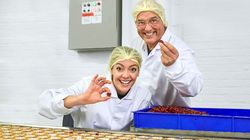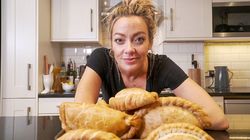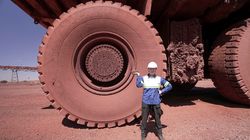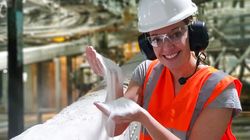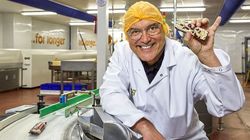Cherry Bakewells
Episode: 5x01 | Airdate: Jul 30, 2019
Gregg Wallace is in Stoke-on-Trent at an enormous cherry bakewell factory where they produce 250,000 little tarts every day. He follows the production of cherry bakewells, from the arrival of 27 tonnes of flour right through to dispatch. Along the way, he learns what makes a shortcrust pastry ‘short' and discovers the simple way they ensure every cherry is precisely placed. They employ a team of 12 who carefully pop each one on top by hand.
Meanwhile, Cherry Healey is learning how to swerve a soggy pastry bottom when baking pies and tarts at home. She discovers that it is all about a pre-heated oven, a proper pie dish, rolling the pastry to the correct thickness and blind baking. And she is at an almond butter factory, learning how almonds are roasted and milled to become a thick spread ready for toast.
Historian Ruth Goodman is sniffing out the origins of one of the cherry bakewell's key ingredients, frangipane. She learns that, surprisingly, the familiar fragrant almond filling was born out of a perfume used to disguise the foul smells of 17th-century Paris. She also visits the Peak District town of Bakewell and learns how the modern cherry bakewell is a descendent of a simple recipe mistake in the kitchen.



